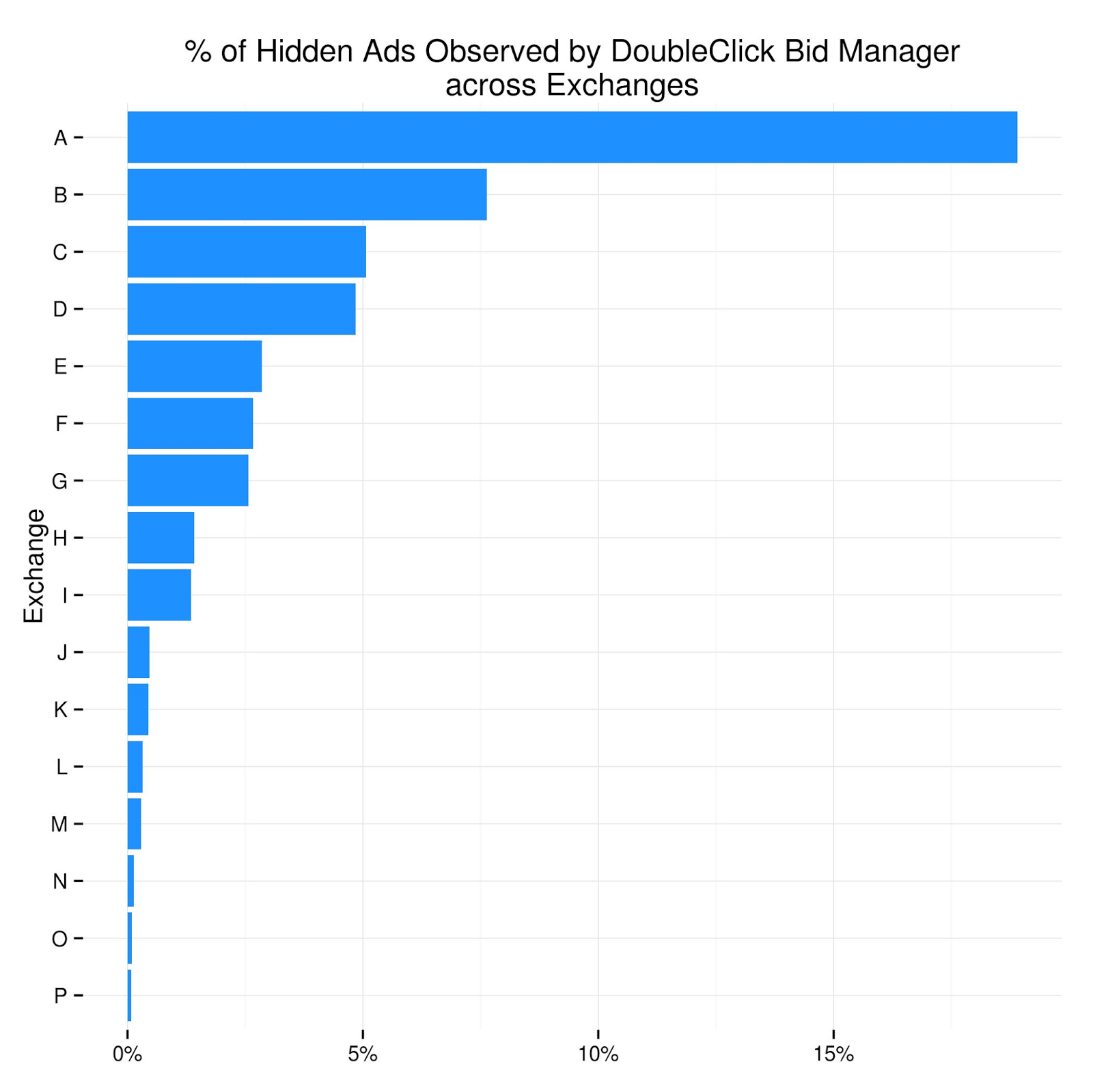This is our third post in a
blog series on using real-time data to win in SEM. Today, we’re writing about the importance of real-time for product launches.
If you’re a marketer, a product launch can translate into a long list of to-dos - from updating your website with product, pricing, and promotional information, to setting up your campaigns for maximum exposure.
Then, you have to carefully monitor sales and respond to real-time changes in consumer demand. While some retailers receive and act on performance data after 24 hours, this lag can result in a significant lost opportunity for others. Real-time data helps you act in the first crucial minutes and hours of a launch.
Real-time data and the tools to act on it in DoubleClick Search can help make your launches a success.
Automated bid strategies update bids multiple times per day to meet business goals. Up-to-the-minute conversion reporting means you can see sales as they come in, make adjustments, and ensure your changes are live across all engines as fast as you react.
Real-time becomes even more crucial in competitive markets when, for example, a single product is launching in numerous retail outlets at once. To illustrate this, we’ll use some examples from the mobile industry. With the release of the iPhone 6 and
Moto 360 in September, and with pre-sales having opened for the
Nexus 6 on October 29, autumn is a big launch season for mobile retailers.
How important was real-time on these days? An example from the days following the iPhone 6 launch shows that DoubleClick Search responded to breaking trends throughout the day, and updated relevant advertisers’ bids an average of eight times, sometimes topping out at 13 bid changes per day during the highest-peak days. These frequent changes were made to drive incremental revenue or to push ads to the top of the page. Without DoubleClick Search’s real-time data and real-time bid strategies, these advertisers would have been left with their original bids for the whole day—missing out on opportunities for more sales.
But real-time is about more than just changing bids frequently. It is about knowing what is happening, like understanding what is and isn’t converting. During big events, the propensity for your keywords to convert can change dramatically. A big launch like one for the iPhone or Android generates many curiosity-seekers who - while not in-market - will be looking for information. Do these clicks matter for your business? Real-time conversion data shows you the answer, separating out keywords that drive revenue from those that just capture browsers, and distinguishing, in real-time, how they in relation to a big market event. With all of this real-time visibility available directly in your reporting, you can make quick decisions on whether you want to be in-market for non-converting keywords that may yet be important for your brand to stay out there. Automated bidding rules can make this even more responsive.
Jeffrey Mysel with Digitas LBi explains how real-time data was key for a successful launch and promotion of the Moto360 smart watch:
“Capturing demand for the Moto360 product launch was a crucial piece to our marketing program, and even more so for paid search. Having the benefit of real-time data gave us the flexibility to pulse our budget during important sales windows, as the team was able to monitor data and make adjustments on peak days. With DoubleClick Search, we were able to maximize our budget and make quick decisions to manage public demand, meet client needs, and keep our program in line with product inventory.”
Real-time data can also be extremely useful for big seasonal events. As the holidays approach, our next post will highlight how DoubleClick Search clients used real-time data to take advantage of Black Friday and Cyber Monday this year.






